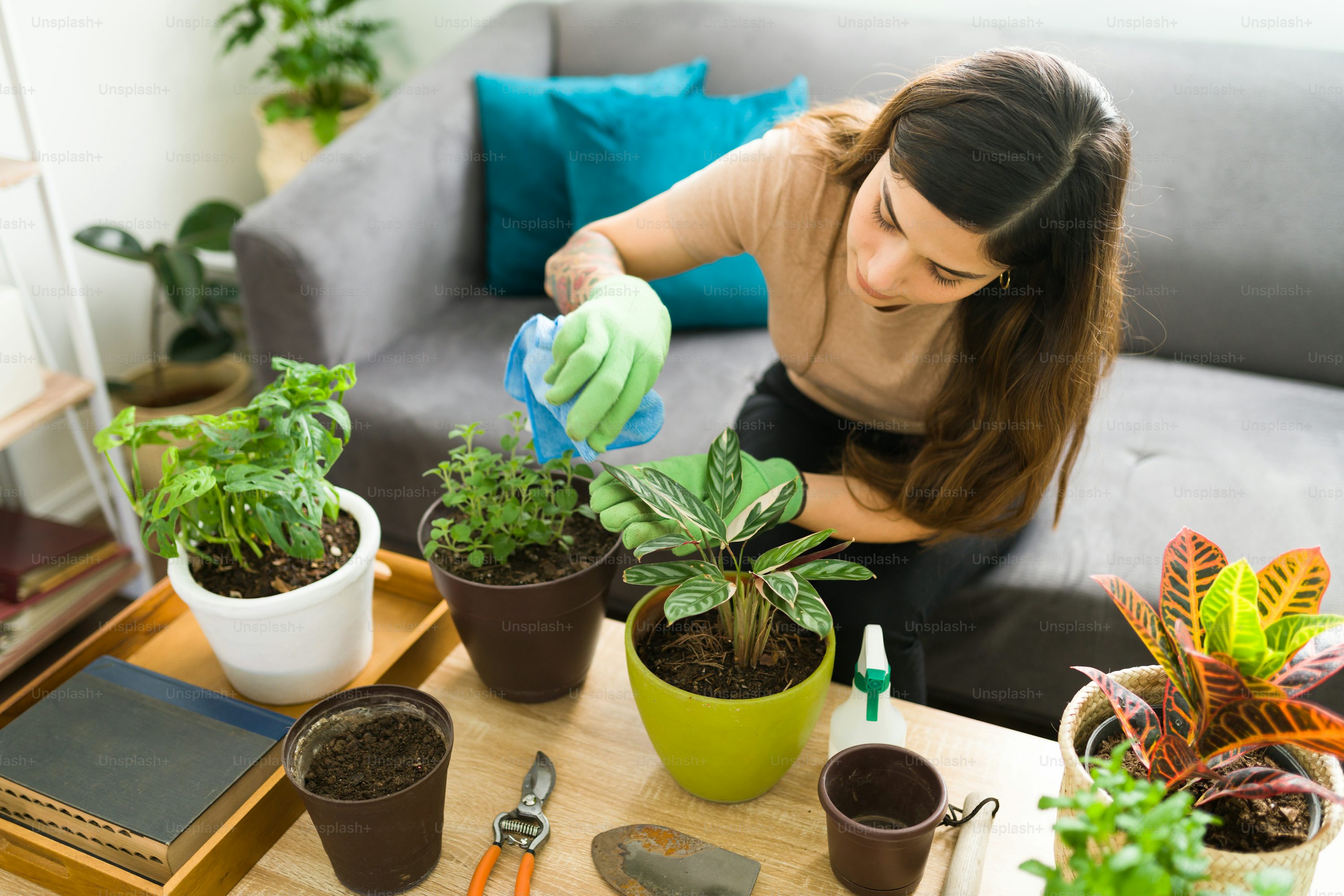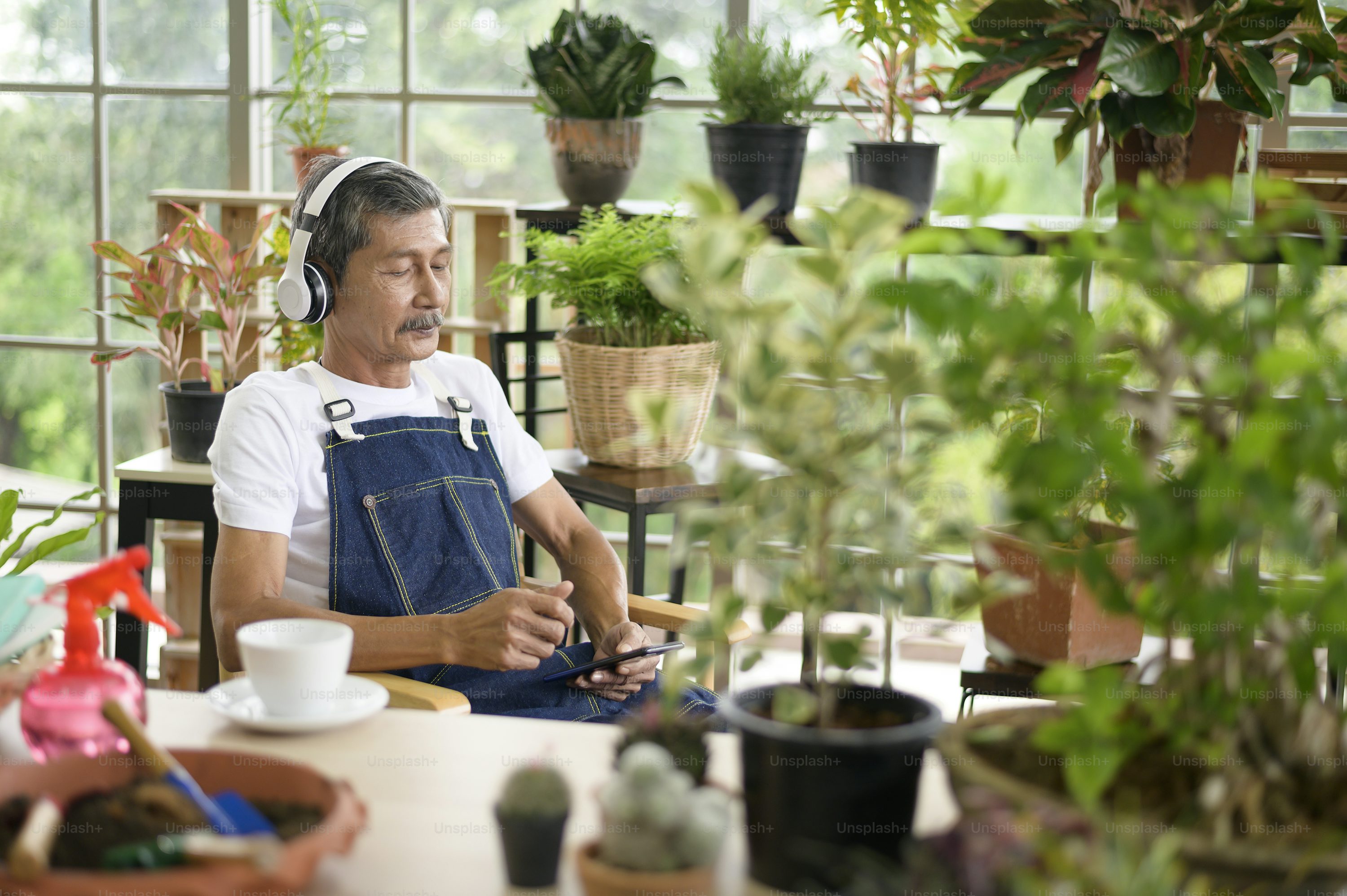You check on your beloved houseplant and notice the leaves are turning yellow and drooping. Your heart sinks.
Is it getting too much water? Not enough? The symptoms look frustratingly similar, and you're left staring at your plant, uncertain whether to reach for the watering can or put it away for another week.
If this scenario sounds familiar, you're not alone. Watering issues are the number one cause of houseplant death, and the cruel irony is that overwatering and underwatering can present nearly identical symptoms at first glance.
But here's the good news: once you know what to look for, you can diagnose your plant's problem in seconds and take immediate action to save it.
Let's dive deep into the telltale signs that will help you distinguish between these two common watering problems and become a more confident plant parent.
The Root of the Problem: Understanding What's Really Happening
Before we jump into symptoms, it's helpful to understand what's actually happening to your plant in each scenario.

Overwatering: Death by Suffocation
Contrary to popular belief, overwatering doesn't kill plants by giving them too much water—it kills them by drowning the roots and cutting off their oxygen supply. Plant roots need air pockets in the soil to breathe and function properly. When soil is constantly saturated, these air pockets fill with water, and the roots literally suffocate.
This oxygen deprivation leads to root rot, a condition where the roots begin to decay and turn mushy. Once root rot sets in, the damaged roots can no longer absorb water or nutrients effectively, which is why an overwatered plant often looks thirsty despite sitting in soggy soil.
Underwatering: Dehydration and Shutdown
Underwatering is more straightforward: the plant simply isn't getting enough moisture to support its cellular processes. Without adequate water, plants can't perform photosynthesis efficiently, transport nutrients, or maintain cell turgor pressure (what keeps stems and leaves firm and upright).
When a plant is consistently underwatered, it goes into survival mode, shedding leaves and shutting down non-essential functions to conserve its limited resources.

The Visual Detective Work: Leaf Symptoms
Let's start with the most obvious signs—what your plant's leaves are telling you.
Leaf texture is one of the fastest differentiators. Overwatered leaves feel soft, swollen, sometimes even jellylike or slightly translucent when pressed. They may yellow from the inside out and carry dark, water-soaked patches.
Underwatered leaves instead feel crisp, papery, dry at the edges with browning that marches inward from the tip towards the centre. Overwatered foliage can feel cool and damp to the touch, while underwatered foliage often feels thin, brittle and almost weightless in your hand.
One might bend and slump like a soaked towel while the other snaps, crackles or flakes when touched. Even the colour tone tells a silent story: overwatered leaves sometimes turn a dull olive or grey-green, whereas underwatered leaves fade into a dusty pale or sun-scorched yellow with patchy dryness.
The Touch Test: Soil and Root Inspection
The soil is usually the most honest witness. If the top looks dry but just beneath the surface it is still cold, wet or muddy — this is classic overwatering, or at least watering too frequently without allowing the roots to breathe. A plant that has been underwatered, however, will often have soil that has physically shrunk away from the edges of the pot, visibly cracked or hardened on the surface like parched earth, and may even feel warm or powdery to the touch. Attempting to stick your finger two inches deep will either meet resistance (dry, compacted) or sink into wet coldness — that alone can reveal the truth faster than any article. If you gently lift the pot, an overwatered plant often feels heavier than expected while a severely underwatered one feels surprisingly light.
Root Investigation: The Definitive Test
If you're still uncertain, examining the roots provides absolute confirmation. Gently remove your plant from its pot—this is easier when soil is slightly moist. Overwatered roots are dark brown or black in color instead of white or light tan. They have a mushy, slimy texture that feels soft when gently squeezed and easily fall apart or slide off when touched. These roots emit a foul, rotten smell, show fewer visible root tips, and the root ball may be surrounded by overly compacted, wet soil. Underwatered roots may be dry and brittle but are light tan to white in color, maintaining a healthy appearance. They're firm to the touch, not mushy, and may be sparse if underwatering has been chronic. The root ball pulls away from the pot in one solid piece, surrounded by dry, dusty soil that's hydrophobic.
The Smell Test: Your Nose Knows
There are even scent differences. Healthy roots smell like damp forest or fresh soil. Overwatered plants sometimes smell sour, fermented, swampy or stale, especially towards the base near the drainage hole — a clear sign that oxygen is lacking and rot has started brewing. Underwatered plants, on the other hand, often give off little to no smell at all, sometimes even a dusty dryness, like an untouched attic box. Look at the stems too. Overwatered stems may appear darker at the base, soft, swollen, or collapsing inwards. Underwatered stems are more likely to feel hollow, shrivelled or woody, contracting rather than melting.
Trust Your Instincts (and Develop Them)
Becoming skilled at diagnosing watering issues takes practice. Keep a plant journal noting when you water, how the plant responds, and what the soil feels like. Over time, you'll develop an intuitive sense for your plants' needs.
Remember: it's generally easier to recover from underwatering than overwatering. When in doubt, err on the side of letting soil dry out a bit more. Your plants are more resilient than you might think, and with these diagnostic tools in your arsenal, you'll be able to quickly identify and fix watering issues before they become fatal.
The key is observation. Your plants are constantly communicating with you through their leaves, stems, roots, and soil. Now that you know how to interpret their language, you can respond appropriately and keep your urban jungle thriving for years to come.

The Quick Reference Guide: At-a-Glance Comparison
Here's your cheat sheet for instant diagnosis:
Overwatered Plants
- Wet, soggy soil days after watering
- Soft, mushy leaves and stems
- Yellow leaves that feel limp and may have brown spots
- Rotten smell from soil
- Dark, slimy roots
- Fungus gnats or mold present
- Edema (bumpy, corky spots on leaves)
- Plant doesn't perk up after watering
- Heavy pot
Underwatered Plants
- Dry, hard, or dusty soil
- Crispy, papery leaves
- Brown, crunchy leaf tips and edges
- Soil pulling away from pot sides
- Firm, light-colored roots (if sparse)
- No unusual smell
- Plant perks up quickly after watering
- Light pot
- Leaves curling inward



0 comments